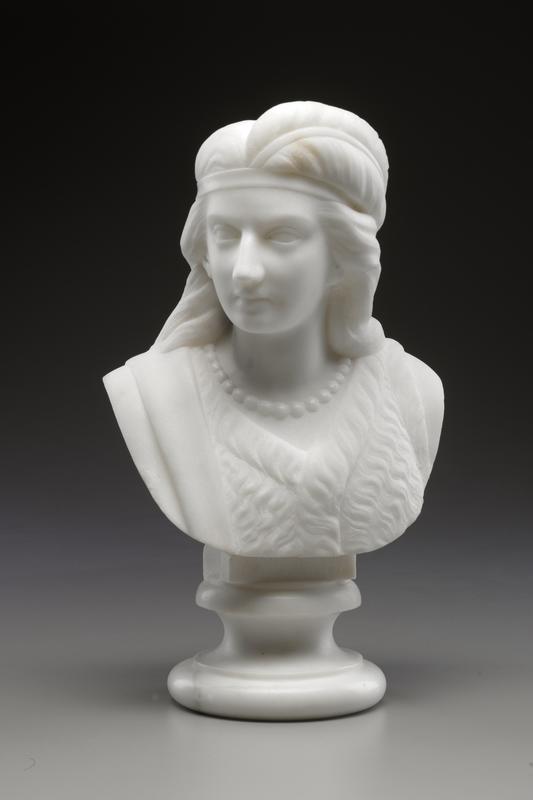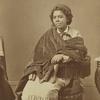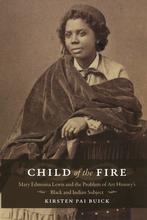If Edmonia Lewis had social media she would have been even more of a success.
As a person of color working in the arts in the nineteenth century, Mary Edmonia Lewis surely had a lot of issues to grapple with. She’s widely recognized as the first female sculptor of both Native American and African American descent. Her work spoke for itself, but she got her recognition largely thanks to her (white) actress friend Charlotte Cushman. Depicting artworks from her cultural background, in some ways, she would never win.
Her Native American sculptures were regularly criticized for not being “correct” in their interpretation of details, although history suggests she was drawing from her own memory in these depictions. The criticisms continue through this day. People have looked at anthropological reports and the few available images of the Ojibwa (Chippewa) people and basically said that Lewis didn’t really do a great job with their features. Minnehaha, in particular, has details more reminiscent of a Greek goddess. Critics at the time said that the details were spot on. Modern reviews disagree, saying that her depictions of both Minnehaha and Hiawatha in this series are “classically idealized noble savages.”
Of course, memory is a fickle thing. Maybe Lewis didn’t get the details right because she simply didn’t remember them correctly. Or maybe she was intentionally incorporating European features into her sculptures because she savvily knew that it would make them more appealing to buyers of her work. Or perhaps it was just a stylistic choice influenced by the sculptures she personally enjoyed. We don’t know. We can only guess. But to guess in a way that assumes we do know is to deny her the right to tell her own story and the story of the people she grew up with.
In addition to the racism prevalent throughout her career, she also had to deal with sexism. She was surrounded by a supportive group of creative female friends, but she was still working in a male-dominated field. Minnehaha is one piece in a series, depicting different scenes of her, Hiawatha, and her father. The sculptures in which she is with these men represent a patriarchal view; she is seated lower than the men among other things. The entire series illustrates Longfellow’s "The Song of Hiawatha," which had seen quick success after publication. It was a smart business move on her part to sculpt images from a work that was selling so widely.
Some have suggested that she carefully crafted not only the details in her work but also those of her own image. The African American side of her ancestry may have been just a little too threatening to white people following the Civil War. Those folks had enough time to put the unsettling history of Native American populations mentally behind them and by Lewis’s time had developed a patronizing “appreciation” for the “exotic” Native American people. Accounts of Lewis at the time tended to dismiss her African American heritage in favor of drawing attention to her “Indianness.” Perhaps she chose to embellish stories from that side of her history in order to satisfy the public that paid for her to be able to work as an artist.
She was certainly a wise business person. Most sculptors of the time created works only in marble. Therefore, only the wealthy could afford the work. In contrast, Lewis made Minnehaha and other pieces in plaster, too, so that people of more modest means could afford to support her creativity. Of course, both the plaster and the marble were white, which may have helped to “neutralize” some of the ethnic details in her work. She also didn’t limit herself to specific locations for sales; she would sell pieces at shows, of course, but was happy to sell them straight from her studio as well and would even accept orders to ship through the mail. If Etsy had been around at the time, Lewis may very well have had a line of Minnehaha busts and a five star rating.















I love these sculptures! They are very clean-looking and harken back to Ancient Greek sculptures of gods/goddesses. The sculptures also remind me of Ancient Rome's statues of its leaders. Maybe the artist was trying to make a statement through these similarities? Either way, she was nobly carrying along the tradition of Neoclassical art.